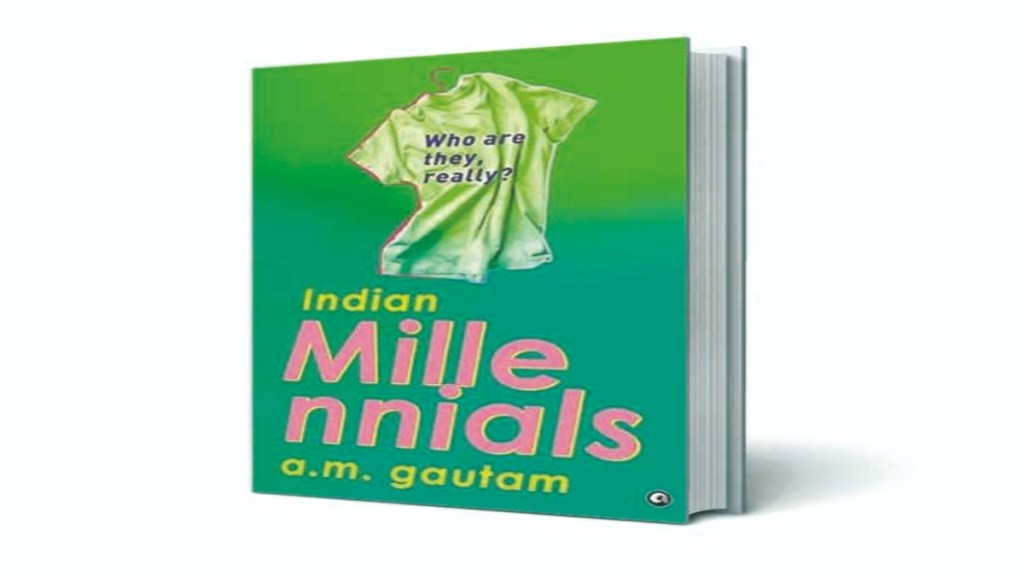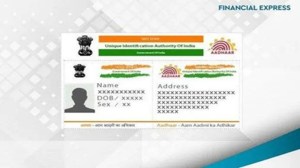By Ritika Sharma
Indian Millennials is a work that traces the lives and many dilemmas of quite a distinctive generation. Enough discourse is available upon people born between 1981 and 1996 that examines the issues that concern them. It’s the generation that was born during perhaps the most defining phase of recent Indian history, a phase that on one hand saw the birth and the intensification of the Ram temple movement, and on the other the introduction of economic reforms.
If the phase firmly cemented the politics of mandal-kamandal, as well as made religious polarisation an aspect of Indian polity, it also led to the emergence of a rich and aspirant middle class riding on liberalisation.
In his debut work, Indian Millennials, AM Gautam, a member of the same community, discusses the generation and many of the psychological scars and political baggage it carries. While in popular perception women are often the unwitting bearers of any change in society, Gautam trains his focus on men. Being both witness to and the carrier of an unprecedented cultural mutation, millennial men find themselves at the receiving end of the revamped standards of manliness that have crept into society. Their relationship with their body has pushed them towards fanatic diets, gym regimes, body-shaming and obsession with their looks. Transported from the West, Gautam notes, these fads come to be propagated by companies who fleeced the insecurities of the millennial man.
The book’s focus is on the last decade of the BJP rule. Not unexpectedly, most anecdotes, including those of the anti-CAA protests, reflect a personal account and engagement. Gautam underlines that when the millennials began negotiating with the world around them, their earliest encounters were with mass media that had been othering selective communities. The secular fabric had been torn well by the time they arrived on the scene, taking the millennial distant from the ideals of the republic.
The simultaneous weakening of social institutions further intensified their disillusionment. The growing disdain in young Indians for marriages and the sharp rise in failed marriages has only fuelled the scepticism among the generation, which is now being termed as the loneliest ever. Aptly then, the generation finds the only vent in social media, as empty online outrage replaces principled dissent. To bring home his point, Gautam cites the death of actor Sushant Singh Rajput in 2020 that became a major headline and continues to trend even now. The online crusaders of the cause were hardly concerned with justice for the actor.
Consequently, apoliticism has become the predominant identity of the millennial. A disillusioned and distanced individual escapes into the virtual world, making the author wonder whether it was a conscious decision to stay silent and indifferent, or because they are afraid to engage with the mighty. However, what Gautam misses by many a mile is that the issues he attributes to millennials are now shared by several other generations, be it X or Y or Z. What might have been restricted to a specific age group is now becoming a collective and community crisis. True, each of these generations have some traits unique to them, but it’s unfair to load any single generation with the heap of civilisational expectations. Being a millennial myself, I’d resist the easy generalisations the book offers, to reclaim the space as well as respect for my generation. A mature republic should step forward to collectively shoulder the responsibility for what it considers to be its failures.
Let me cite some instances. Instagram reels are the most favourite destinations of not merely the millennials, as Gautam wants us to believe, but people across generations. Gauge the time we are in by the fact that on a daily count an average Indian spends 400% more time on social media than on Amazon or Netflix.
Gautam’s book talks about politics, entertainment and social media fads with some personal episodes from the author’s life. While it does list some of the pathologies India is currently witnessing, it doesn’t diagnose them. Worse, it ends up stereotyping its subject into the easy categories of the good and the bad. As one reaches the final pages, one realises that it had no new information or insight to share on the subject, and the book was perhaps born out of the fear of missing out (FOMO) of a millennial.
Ritika Sharma is an independent scholar








